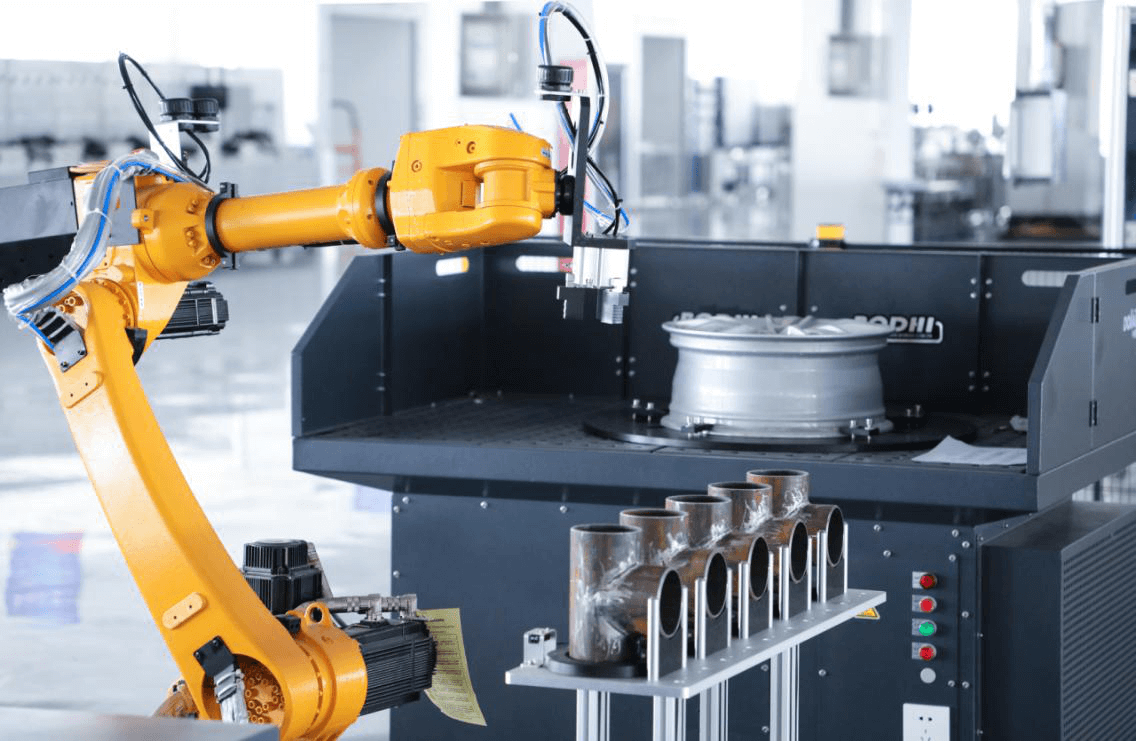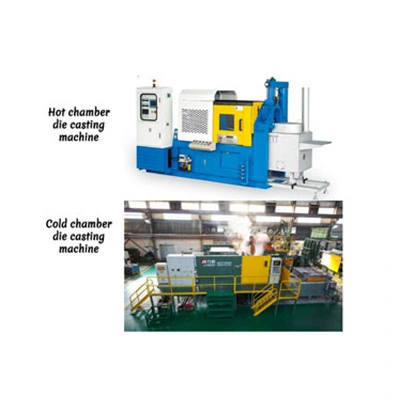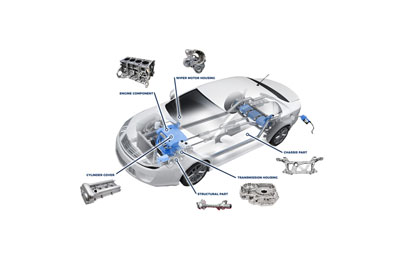

1. Mechanical Polishing: a polishing method that obtains a smooth surface by cutting and plastic deformation of the material surface to remove the polished convex parts, such as whetstone strips, wool wheels, sandpaper, etc., mainly by manual operation. If the surface quality is high, the super-precision polishing method can be used. Super-finishing polishing is a special-purpose grinding tool, which is pressed against the processed surface of aluminum alloy die-casting parts in the polishing liquid containing abrasives for high-speed rotational movement.
2. Chemical Polishing: the aluminum alloy die-casting parts are preferentially dissolved in the microscopic convex surface of the chemical medium than the concave part, so as to obtain a smooth surface. The main advantage of this method is that it does not require complicated equipment, can polish aluminum alloy die castings with complex shapes, and can polish many aluminum alloys die castings at the same time, with high efficiency. The core problem of chemical polishing is the preparation of the polishing solution. The surface roughness obtained by chemical polishing is generally several 10 μm.
3. Electrolytic Polishing: the basic principle is the same as that of chemical polishing. The surface is smoothed by the selective dissolution of tiny protrusions on the surface of the material. Compared with chemical polishing, the effect of cathode reaction can be eliminated, and the effect is better.
4. Ultrasonic Polishing: put the aluminum alloy die-casting parts into the abrasive suspension and put them together in the ultrasonic field. By virtue of the oscillating action of the ultrasonic wave, the abrasives are ground and polished on the surface of the aluminum alloy die-casting parts. Ultrasonic processing has a small macro force and will not cause deformation of aluminum alloy die castings, but the tooling is difficult to manufacture and install. Ultrasonic processing can be combined with chemical or electrochemical methods. On the basis of solution corrosion and electrolysis, ultrasonic vibration is added to stir the solution, so that the dissolved products on the surface of the aluminum alloy die-casting parts are detached, and the corrosion or electrolyte near the surface is uniform. The cavitation effect of ultrasonic waves in the liquid can also inhibit the corrosion process and benefit the surface brightening.
5. Fluid Polishing: it depends on the high-speed flowing liquid and the abrasive particles it carries to wash the surface of the aluminum alloy die-casting to achieve the purpose of polishing. Common methods are: abrasive jet processing, liquid jet processing, hydrodynamic grinding, etc. Hydrodynamic grinding is driven by hydraulic pressure so that the liquid medium carrying abrasive particles flows back and forth at high speed across the surface of the aluminum alloy die casting. The medium is mainly made of a special compound (polymer-like substance) that flows through at a lower pressure and is mixed with abrasives. The abrasive can be silicon carbide powder.

6. Magnetic Grinding and Polishing: the use of magnetic abrasives to form abrasive brushes under the action of a magnetic field to grind aluminum alloy die castings. This method has high processing efficiency, good quality, easy control of processing conditions, and good working conditions.


